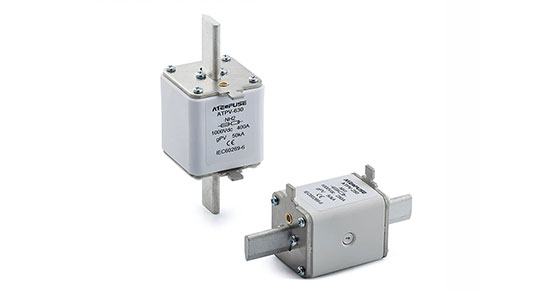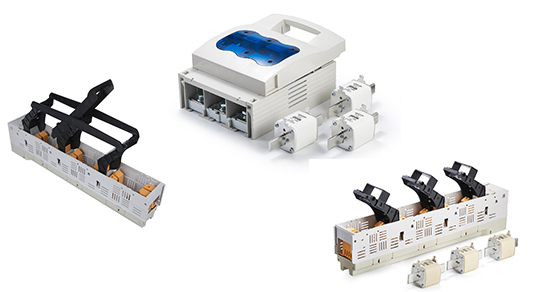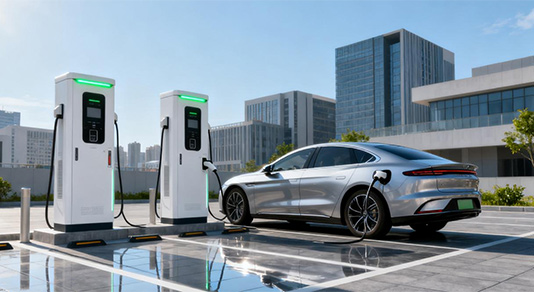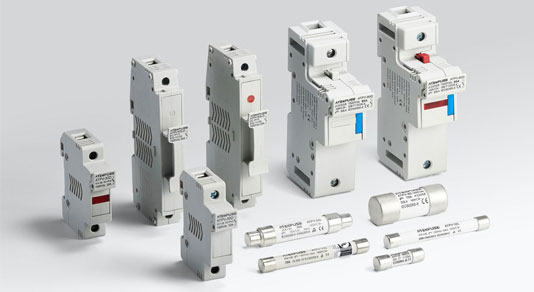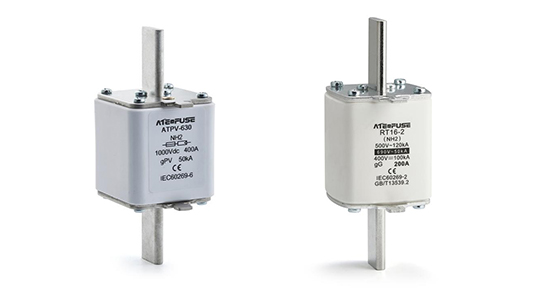How Do Photovoltaic Fuses Work With Other Protection Components in a Solar System?
Many solar system managers know a Photovoltaic Fuse is key for safety, but they often wonder how it works with other protection parts—like inverters, circuit breakers, or surge protectors. If these components don't coordinate well, even a quality fuse can't fully shield the system. This guide breaks down their collaborative roles, so you understand how each part contributes to overall safety.
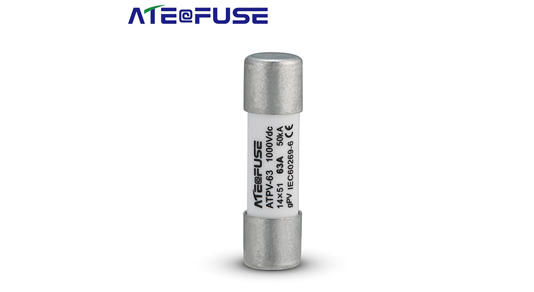
Working With Inverters: Preventing Current Overload Damage
Inverters convert the DC power from solar panels to AC power for use or grid feed-in, and they rely on the fuse to handle sudden current spikes they can't manage alone. When the system produces more current than the inverter can safely process (like during intense midday sunlight or a panel malfunction), the fuse acts first.
The fuse's fast response time—faster than the inverter's internal protection—is critical here. It trips to cut off excess current before the inverter overheats or sustains permanent damage. Without this coordination, the inverter might shut down unexpectedly or fail entirely. The fuse doesn't replace the inverter's protection; it adds a first line of defense against spikes the inverter can't catch quickly.
Working With Circuit Breakers: Dividing Short-Circuit and Overload Tasks
Circuit breakers and Photovoltaic Fuses both protect against electrical issues, but they split responsibilities to work better together. Circuit breakers are designed for long-term overload protection—they trip slowly when current stays above a safe level for minutes (like a faulty panel drawing extra power over time).
Fuses, by contrast, handle short-circuit events: sudden, extreme current surges (like a wire touching a metal frame) that happen in milliseconds. A fuse melts almost instantly to stop the surge, while the circuit breaker would be too slow to prevent damage. Together, they cover both slow overloads and fast short-circuits, leaving no gap in protection.
Working With Surge Protectors: Shielding Against Voltage Spikes From Outside
Surge protectors (like DC surge arresters) defend the system from external voltage spikes—such as lightning strikes or grid fluctuations—that fuses alone can't handle. A surge protector clamps down on high voltage first, redirecting excess energy to the ground before it reaches sensitive components.
But if a surge is so strong that the protector can't fully block it, the fuse steps in. The remaining voltage spike might cause a sudden current surge, and the fuse trips to cut the circuit. Think of it as a two-step shield: the surge protector filters out most spikes, and the fuse catches any leftover current issues that could harm panels, inverters, or wiring.
Conclusion
A Photovoltaic Fuse doesn't work in isolation—it's part of a team of protection components. When it coordinates with inverters, circuit breakers, and surge protectors, each part covers the others' limits, keeping the entire solar system safe from different types of electrical risks.
If you're designing or upgrading your solar protection setup and need a fuse that aligns with your existing inverters, breakers, or surge protectors, our product page lists options with clear compatibility details. You can find specs on response times, current ratings, and voltage tolerance to ensure seamless coordination with your system's other components.

